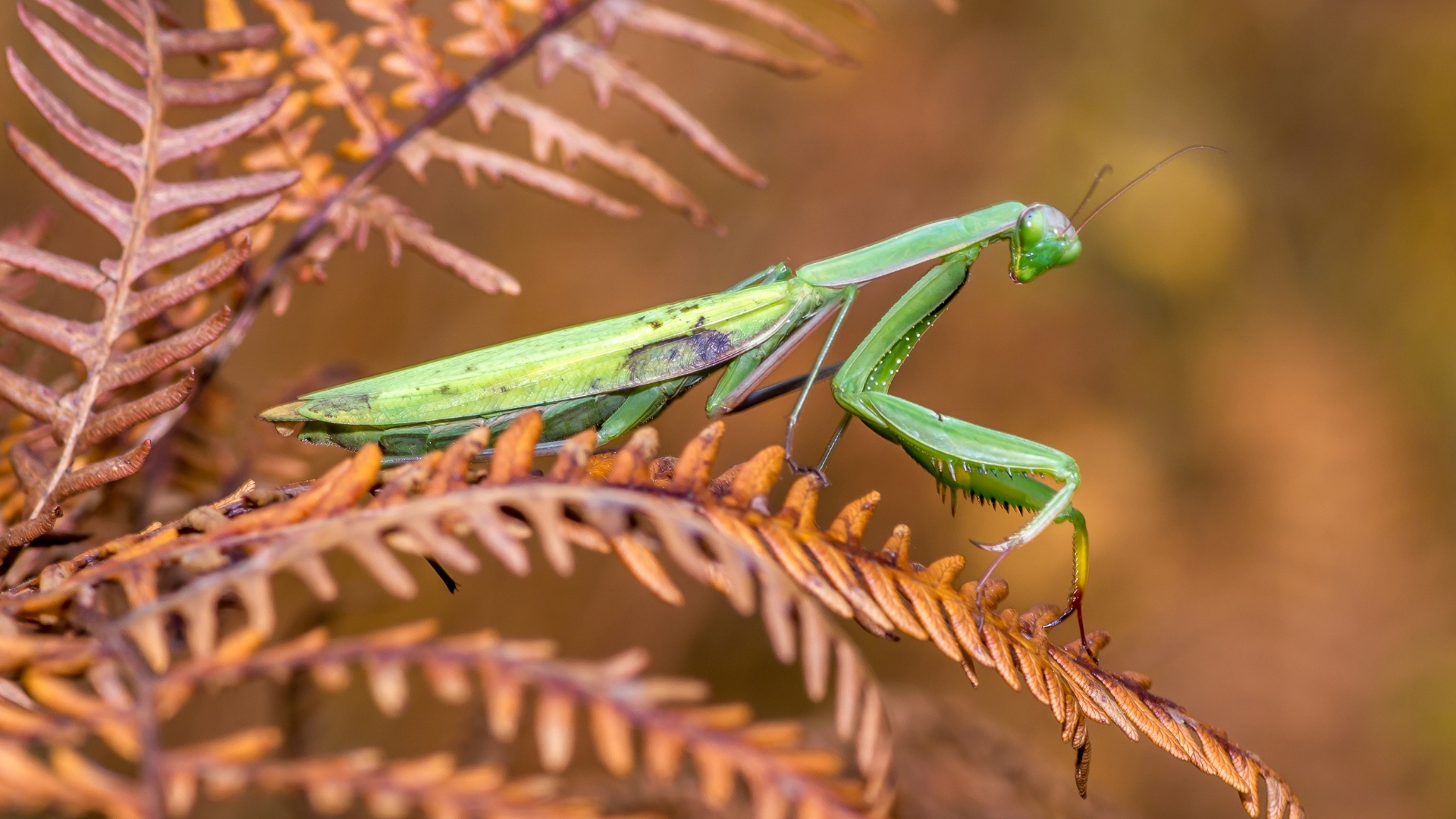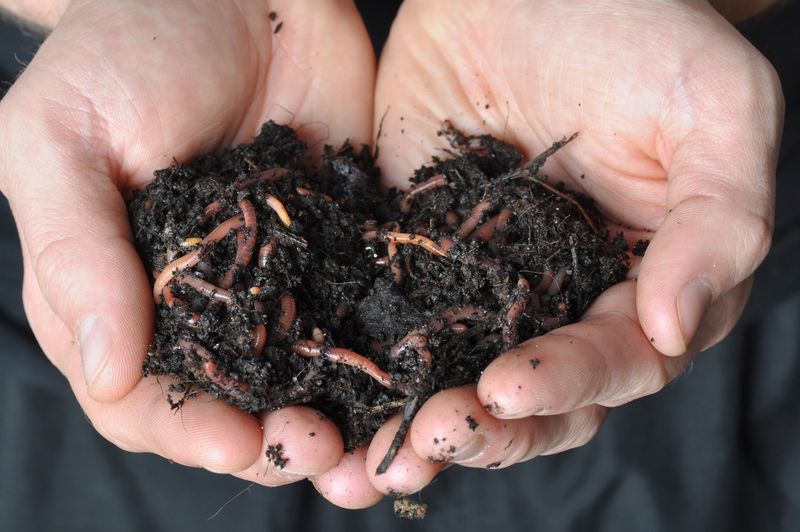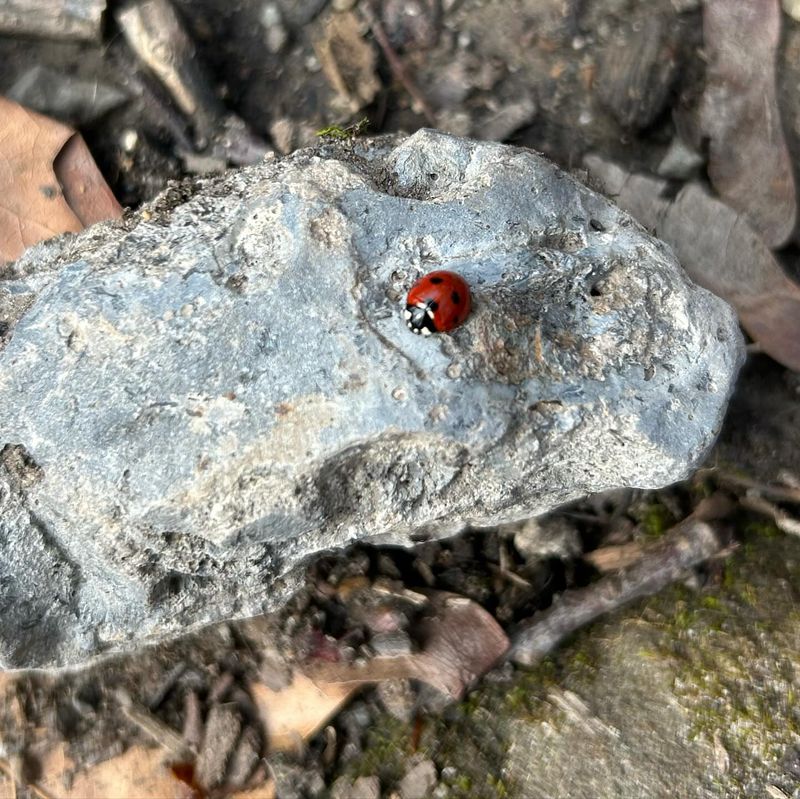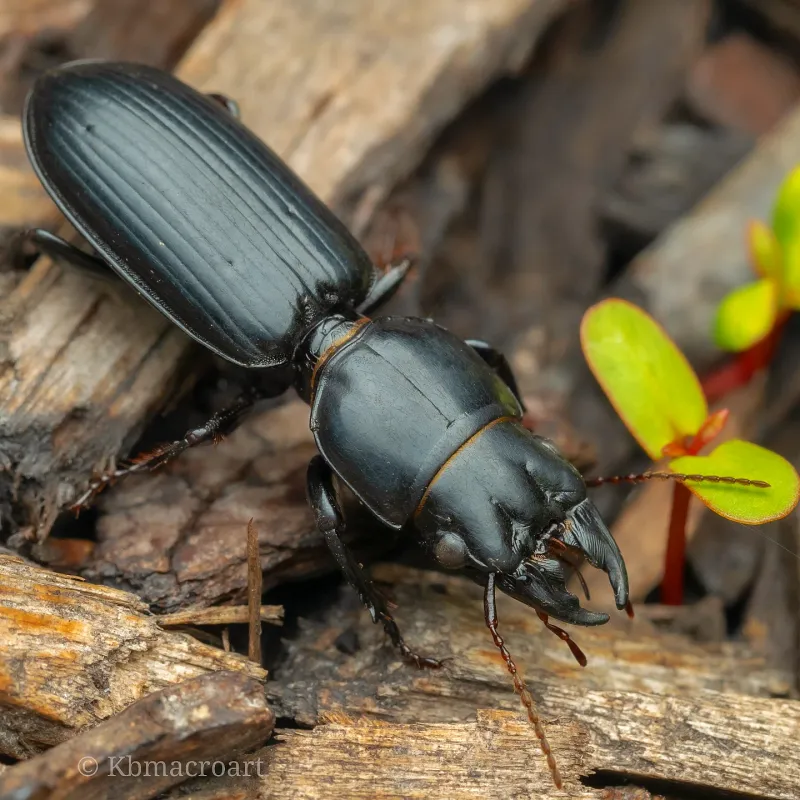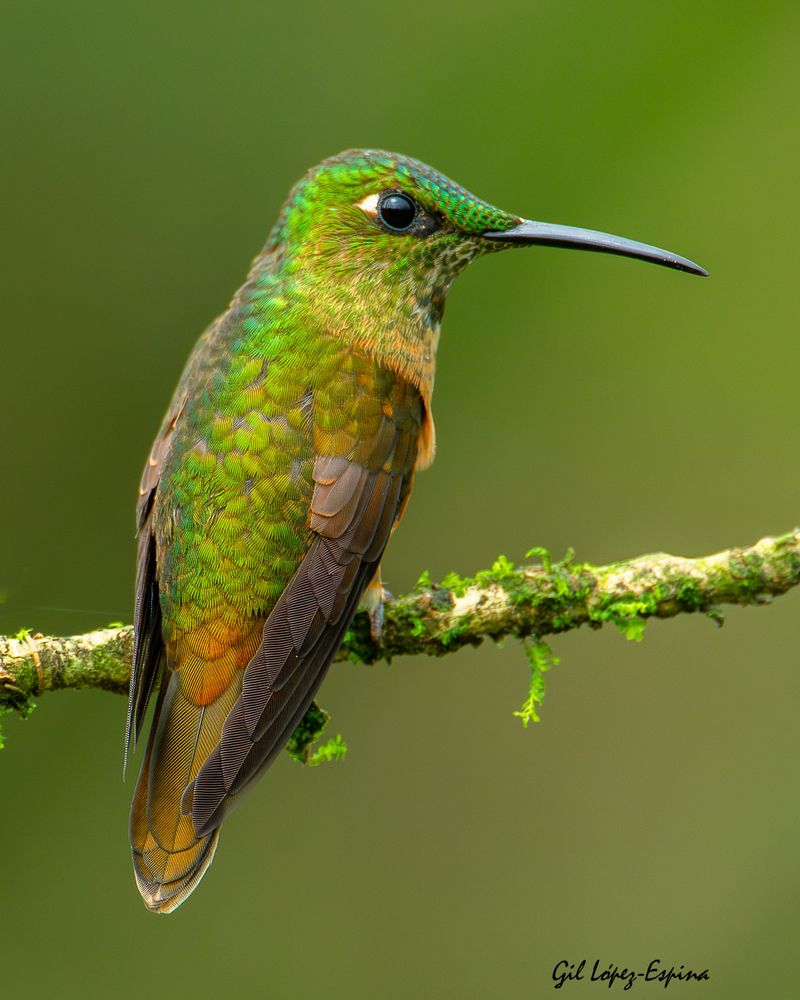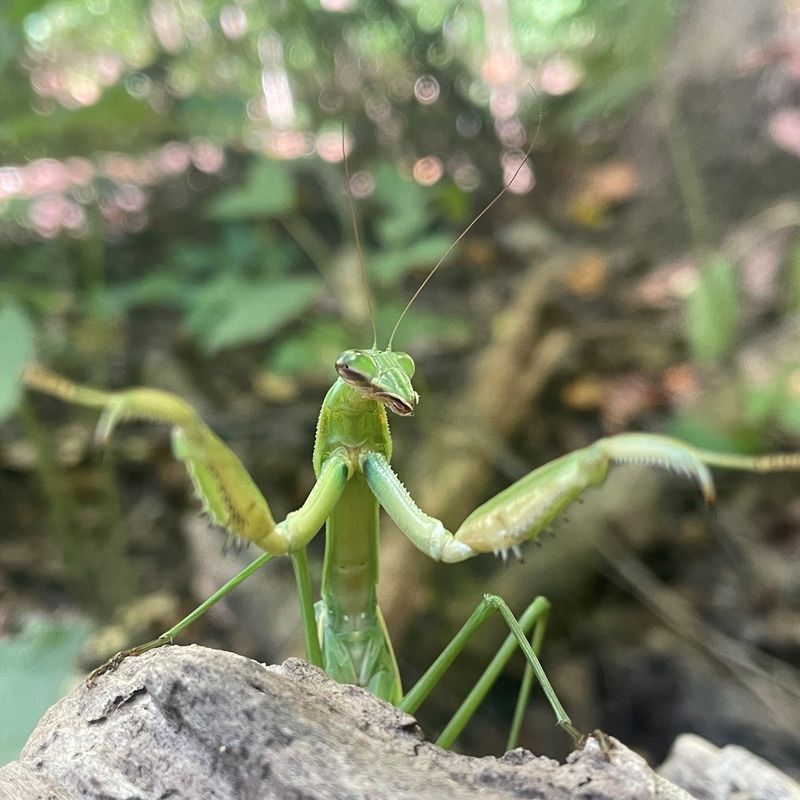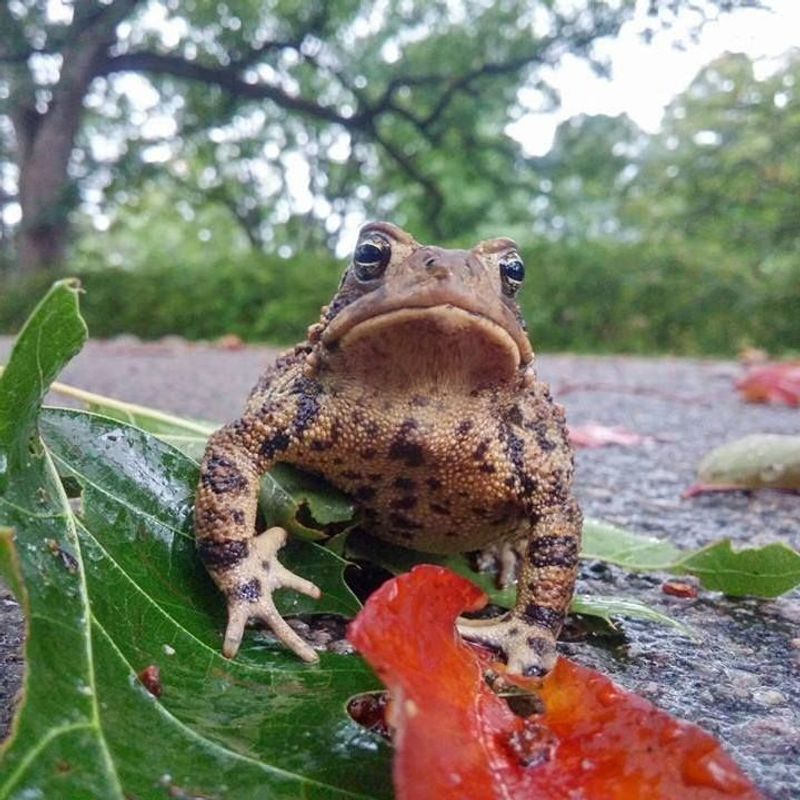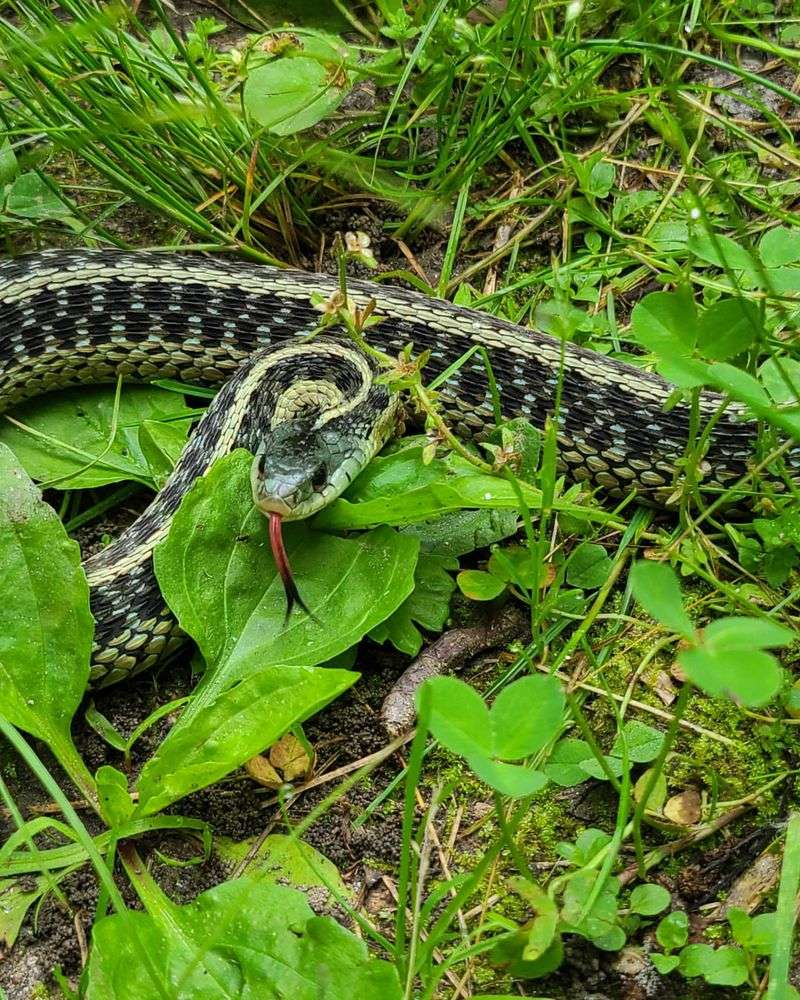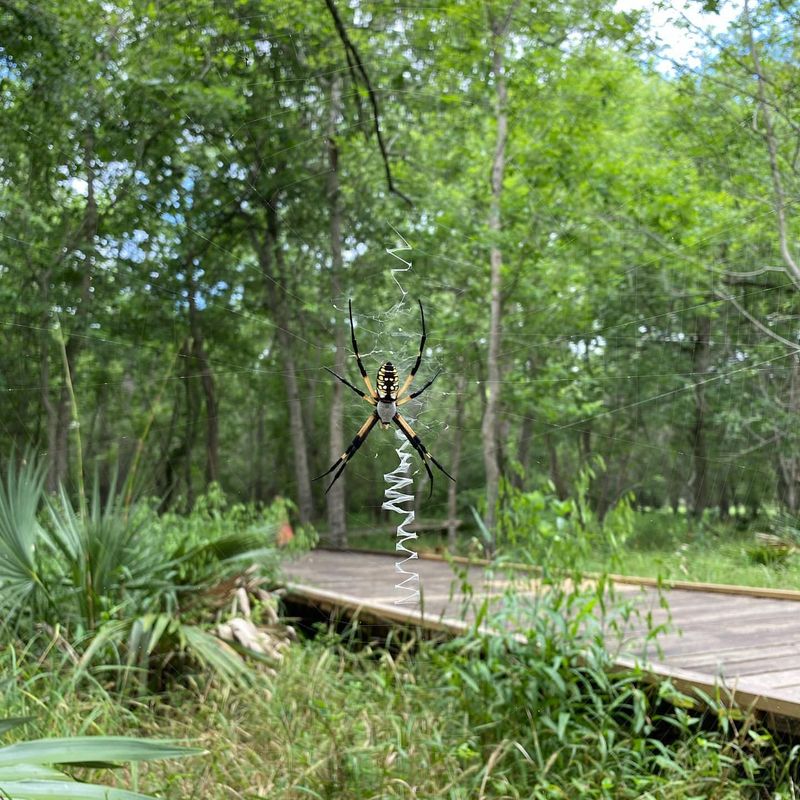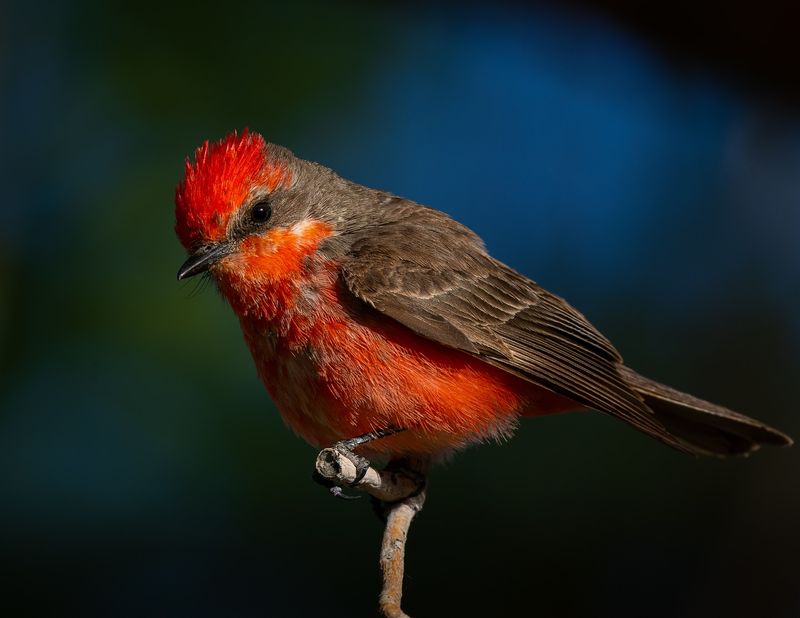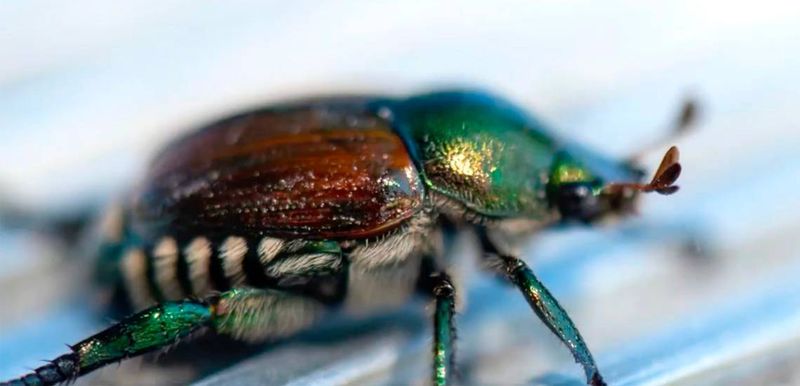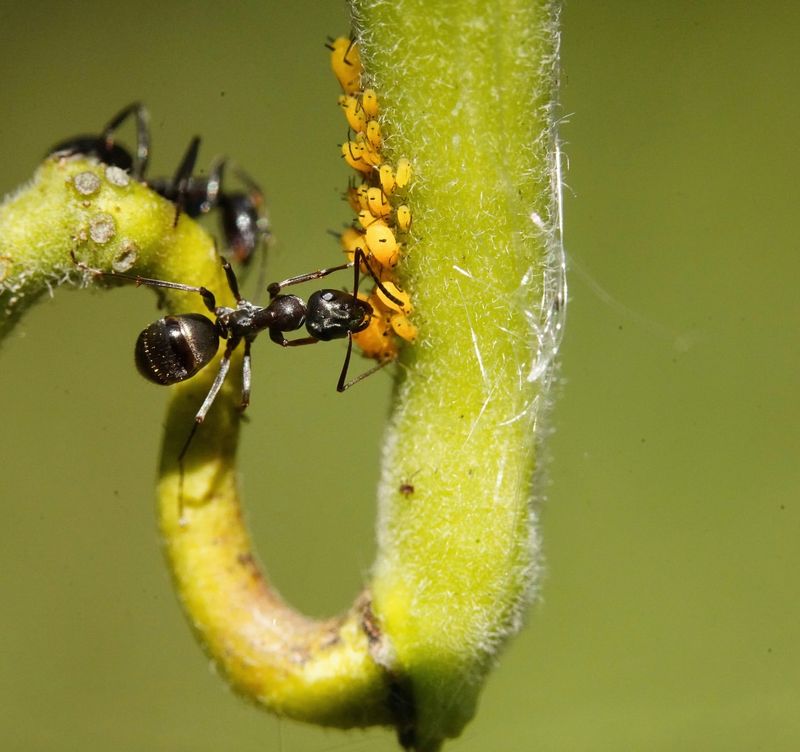Not every creature crawling through your yard is a pest. In fact, some of the most overlooked critters are actually working hard behind the scenes—pollinating plants, improving soil, and keeping harmful bugs in check. On the flip side, a few familiar faces may be doing more harm than good.
Knowing which is which can make all the difference in your garden’s health. Here are 13 unsung heroes that help your yard thrive—and 5 that might be stirring up trouble.
1. Busy Honeybees
Honeybees are garden superheroes in tiny striped suits! Without their pollination powers, many of your flowers and vegetables wouldn’t produce fruit or seeds.
A single bee can visit up to 5,000 flowers in one day, transferring pollen as they go. Their honey-making is just a bonus compared to this essential service.
Creating a bee-friendly yard with native flowering plants gives these hardworking insects a habitat while they help your garden flourish.
2. Earth-Moving Earthworms
Earthworms might seem simple, but they’re underground engineers transforming your soil quality. As they tunnel through dirt, they create natural aeration channels that help water and nutrients reach plant roots.
Their castings (worm poop) are like gold for your garden – packed with nutrients plants love. A healthy yard can contain over a million earthworms per acre!
Want more worms? Add organic matter like compost and avoid chemical pesticides that harm these helpful diggers.
3. Ladybugs on Patrol
Those adorable spotted insects are actually fierce predators! A single ladybug can devour up to 5,000 aphids in its lifetime, protecting your plants from these destructive pests.
Many gardeners actually purchase ladybugs to release as a natural pest control method. Their appetite for mealybugs, scale insects, and mites makes them valuable allies in any yard.
Attract these helpful hunters by planting dill, fennel, and yarrow. Avoid pesticides which kill ladybugs along with the pests you’re targeting.
4. Speedy Ground Beetles
Meet the night shift workers of your garden! Ground beetles emerge after dark to hunt slugs, snails, cutworms and other pests that damage plants.
These fast-moving insects with their shiny black exoskeletons can live up to four years, providing long-term pest control. Most species can’t fly but are incredibly quick runners, chasing down prey on the ground.
Create beetle habitat by leaving some areas with leaf litter, stones, or logs where they can hide during daylight hours.
5. Hummingbird Helpers
These tiny flying jewels do more than just look pretty! While sipping nectar with their specialized beaks, hummingbirds transfer pollen between flowers, helping plants reproduce.
Their rapid wing movements also knock off small insects like aphids, providing some pest control benefits. A single hummingbird can visit hundreds of flowers daily, making them excellent pollinators.
Attract these helpful birds with tubular flowers in bright colors, especially red ones. Adding a hummingbird feeder with sugar water (4 parts water to 1 part sugar) provides extra nourishment.
6. Predatory Wasps
Don’t chase away all wasps! Many species are actually garden allies that hunt caterpillars, beetle larvae, and flies that damage plants. Paper wasps and yellow jackets can be particularly beneficial predators.
Unlike honeybees, predatory wasps can sting multiple times, but they generally ignore humans unless threatened. Some tiny parasitic wasps lay eggs inside pest insects, controlling their populations naturally.
Provide shallow water sources and flowering plants like sweet alyssum and mint to attract these beneficial hunters to your yard.
7. Bat Patrol
As night falls, bats become your aerial pest control team! A single little brown bat can capture up to 1,000 mosquitoes in just one hour, making summer evenings more enjoyable.
Beyond mosquitoes, bats consume moths, beetles, and other insects that damage garden plants. Their droppings (called guano) make excellent fertilizer, adding another benefit to your yard.
Install a bat house on a tall pole or building to invite these nocturnal helpers to stay. Position it at least 12 feet high, facing southeast for morning warmth.
8. Hardworking Praying Mantises
With their distinctive prayer-like posture and alien appearance, praying mantises are fascinating garden guardians. These patient predators sit motionless, waiting to snatch insects with lightning-fast strikes.
A mantis eats flies, crickets, moths, and even pest beetles. They’re one of the few predators that can tackle larger pests like grasshoppers and Japanese beetles that damage plants.
Mantises need tall plants and shrubs for hunting perches. Leave some unmowed areas with taller vegetation to provide them with ideal habitat.
9. Toads in Residence
Garden toads are amphibian pest controllers that work the night shift! A single toad can eat up to 10,000 insects during one summer season, including slugs, mosquitoes, and harmful beetles.
Unlike frogs, toads have dry, bumpy skin and prefer to hop rather than leap. They return to the same garden year after year if they find good habitat and food sources.
Create a toad home by flipping a clay pot on its side and partially burying it in a shady spot. Add a shallow water dish nearby for extra toad appeal.
10. Butterfly Beauties
Butterflies bring more than just beauty to your yard! As they flit from flower to flower sipping nectar, they transfer pollen, helping plants produce seeds and fruits.
Different butterfly species prefer different plants, so a diverse garden attracts more varieties. The monarch butterfly, for example, needs milkweed for its caterpillars to feed on.
Create a butterfly paradise by planting nectar sources like coneflowers, zinnias, and butterfly bush. Add a shallow dish with wet sand for them to drink from on hot days.
11. Garter Snake Allies
Finding a garter snake in your garden might startle you, but these harmless reptiles are actually helping your plants! They hunt slugs, grubs, and rodents that damage roots and plants.
Garter snakes are non-venomous and typically shy around humans. They prefer cool, damp hiding spots and can live for years in the same territory if conditions are good.
Create snake-friendly habitat by leaving some brush piles, rocks, or logs in quiet corners of your yard. These provide shelter where snakes can rest between hunting trips.
12. Busy Garden Spiders
Garden spiders might give you the creeps, but they’re working hard to keep your plants pest-free! Their intricate webs catch flying insects like mosquitoes, flies, and moths before they can damage plants or bother you.
Most garden spiders are completely harmless to humans. The striking black and yellow garden spider (Argiope) actually rebuilds its spectacular web every day to ensure maximum insect-catching effectiveness.
Encourage these eight-legged allies by avoiding broad-spectrum insecticides and providing plants with sturdy stems for web attachment.
13. Helpful Birds
Songbirds are your aerial pest control team! Chickadees, wrens, and bluebirds snatch insects from plants while robins pull worms and grubs from your lawn. Many birds also spread seeds, helping new plants grow.
Different bird species target different garden pests. Woodpeckers drill into trees to extract harmful insects, while orioles may eat tent caterpillars that damage trees.
Attract these feathered helpers with bird baths, native plants that produce seeds or berries, and some shrubs for nesting and shelter.
14. Destructive Moles
Those raised tunnels crisscrossing your lawn are the work of moles. While they do eat some garden pests like grubs, their tunneling damages grass roots and creates tripping hazards.
Moles are insectivores with enormous appetites, eating 70-100% of their body weight daily. Their powerful front paws are designed specifically for digging through soil at amazing speeds.
Discourage these underground menaces by removing grubs with milky spore or beneficial nematodes. Castor oil-based repellents can also make your yard less appealing to them.
15. Japanese Beetle Invaders
With their metallic green and copper bodies, Japanese beetles might look pretty, but they’re garden destroyers! These invasive insects skeletonize leaves, leaving behind only the veins, and can attack over 300 different plant species.
Adult beetles emerge in early summer and feed for about six weeks. Their grubs live underground, munching on grass roots and causing brown patches in lawns.
Fight back by hand-picking beetles in the morning when they’re sluggish and dropping them into soapy water. Milky spore can help control the grub stage in your lawn.
16. Vole Vandals
Voles might look like cute mouse cousins, but they’re plant-root destroyers! These small rodents create surface runways in lawns and gardens, eating roots, bulbs, and bark as they go.
Unlike moles that eat insects, voles are primarily vegetarians with voracious appetites. A single vole can create dozens of tunnels, and they reproduce rapidly – a female can have 5-10 litters per year!
Protect plants by installing barriers of hardware cloth extending 6-10 inches below ground around valuable plants and garden beds.
17. Aphid Armies
Those tiny pear-shaped insects clustering on your plant stems and leaves are aphids, and they’re plant vampires! They use needle-like mouthparts to suck sap from plants, weakening them and sometimes spreading plant diseases.
Aphids reproduce incredibly fast – females can give birth to live young without mating. A single aphid can become thousands in just weeks!
Combat these pests by spraying plants with strong water jets to knock aphids off, or try insecticidal soap for heavier infestations. Encouraging ladybugs and lacewings helps keep aphid populations in check naturally.
18. Destructive Deer
Those beautiful woodland creatures can turn your garden into an all-you-can-eat buffet overnight! Deer damage is easy to identify – plants are cleanly sheared off at a uniform height, often showing ragged edges where they’ve been torn.
A hungry deer can consume up to 10 pounds of plant material daily. They particularly love hostas, tulips, daylilies, and vegetable garden treats.
Protect your plants with tall fencing (at least 8 feet), motion-activated sprinklers, or deer-resistant plantings like lavender, boxwood, and daffodils that deer typically avoid.

